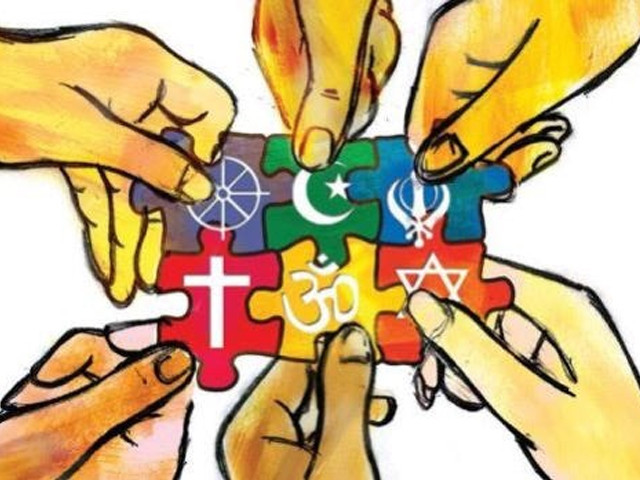In a nation where religious diversity is as rich as its cultural tapestry, Pakistan stands at a crossroads between its founding principles of inclusivity and the challenges posed by sectarian tensions. The vision of its founder, Muhammad Ali Jinnah, envisioned Pakistan as a land where individuals of all faiths could coexist peacefully, their rights safeguarded by the state. However, the reality today paints a different picture, marred by discord and discrimination.
Jinnah’s August 11th speech is often cited as a beacon of hope for minorities in Pakistan, a promise that their rights would be protected and they would be treated as equal citizens. Yet, as history unfolded, Pakistan's trajectory veered towards a more Islamic outlook, fuelled by political expediency and the manipulation of religion for personal gain. The constitutional clauses barring non-Muslims from holding the highest political offices serve as a stark reminder of the systemic barriers that impede true equality.
The presence of controversial laws, such as the blasphemy law and the Hudood ordinance, further exacerbates religious fault lines, casting a shadow of fear and persecution over minority communities. Instances of mob violence and vigilante justice, often stemming from arbitrary edicts issued by clerics, highlight the urgent need for institutional safeguards and legal reforms. Take, for example, the plight of the Ahmadi community, whose members face relentless persecution and ostracization simply for practicing their faith. Their places of worship are vandalised with impunity, their lives threatened by zealots emboldened by a culture of impunity. The failure of the state to intervene effectively underscores the inadequacy of existing mechanisms to protect religious minorities.
Yet, amidst the darkness, there are glimmers of hope. Grassroots initiatives, such as cultural exchanges and educational reforms, offer a path towards fostering interfaith harmony. By incorporating material on world religions and minority rights into the national curriculum, we can instil values of tolerance and respect from a young age. Similarly, promoting cultural exchanges and celebrating religious festivals of all communities can help bridge divides and foster a sense of belonging. Instances of solidarity, such as Hindus participating in Muharram processions and Christians commemorating Ashura, serve as powerful reminders of the shared humanity that transcends religious boundaries. These moments of unity, however fleeting, offer a glimpse into the possibility of a more inclusive and harmonious future for Pakistan.
The road ahead is fraught with challenges, but it is not insurmountable. It requires a concerted effort from all stakeholders – government, civil society, religious leaders, and citizens – to reaffirm Pakistan's commitment to religious pluralism and uphold the principles of equality and justice for all. The white in Pakistan's flag, symbolising the minorities, must not be overshadowed by the green and the crescent. Instead, it should serve as a reminder of the diversity that enriches our nation and the collective responsibility to protect and nurture it. Only then can Pakistan truly fulfil the vision of its founder and emerge as a beacon of religious tolerance and coexistence in a troubled world.



COMMENTS
Comments are moderated and generally will be posted if they are on-topic and not abusive.
For more information, please see our Comments FAQ